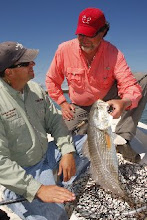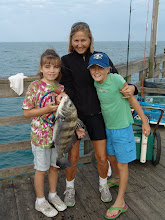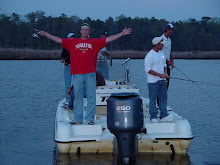 Will Our Fisheries Ever be Managed For Fish?
Will Our Fisheries Ever be Managed For Fish?By Craig Holt
Three decisions involving saltwater fisheries occurred during February. One was fairly-well publicized; two flew under the radar.
Each reveal the mindset of fisheries management in North Carolina.
Anglers may know about a Feb. 18 meeting in New Bern, when the N.C. Marine Fisheries Commission held a public hearing regarding a proposal by Dr. Louis Daniel, director of the N.C. Division of Marine Fisheries. Under pressure from the National Marine Fisheries Service to reduce accidental gill netting of sea turtles (and from an impending lawsuit by a turtle-protection group), Daniel offered a temporary May 15-Dec. 15 closure of sections of Pamlico, Core and Back sounds and the Cape Fear River to large-mesh gill nets.
Before an audience of mostly net fishermen, the MFC dropped Daniel’s idea and voted for a proposal tossed out by a commercial fish dealer that would allow gill-net use four days a week.
Earlier in the month, Daniel and N.C. Wildlife Resources Commission executive director Gordon Myers sent letters to NMFS Southeast region director Roy Crabtree. He wanted to know if the two agencies thought Atlantic sturgeon should be listed as endangered or threatened under the Endangered Species Act.
They responded that Atlantic sturgeon shouldn’t have ESA protection and asked for further studies, even though a ban on sturgeon harvests has existed since 1991. Moreover, their responses to Crabtree contained contradictory statements:
“The DMF believes that there is evidence that management measures enacted by the state of North Carolina and the ASMFC are resulting in positive population trends.” (Daniel).
“Recent information from Albemarle and Pamlico sounds suggests that the Carolina DPS (distinct population segments) of Atlantic sturgeon has shown little improvement in size and age distribution since 1991.” (Myers).
We don’t know which conclusion is stranger.
DMF says sturgeon numbers are growing while WRC sees no improvement. Yet both agencies’ leaders don’t want ESA listing for a fish that can’t be caught legally because there are so few of them.
A source also has told us WRC rejected its own staff report that sturgeons should be listed.
After the Feb. 18 MFC vote in New Bern and the letters of Daniel and Myers to NMFS, one conclusion seems inevitable — gill-net use will continue in N.C. saltwater until it’s halted by outside forces.
Of course, commercial fishermen don’t deliberately target sea turtles or sturgeons, but sometimes their nets injure or kill these endangered or threatened species.
The major problem with nets in N.C. waters is timing — the DMF allows them to be set in spring to intercept fish headed for shallow water to spawn (killing fish before they can reproduce isn’t a great idea). Post-spawn-only gill netting could work (and result in more fish), but, as Feb. 18, proved, netters and the state agencies that regulate them won’t accept restrictions.
However, that may prove a dangerous path to follow.
Clearly, economic hardships are squeezing netters. But by refusing any restrictions or adjustments while demanding state agencies be similarly unbending, their lack of compromise eventually may force removal of all nets from N.C. waters.


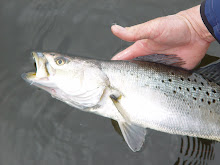



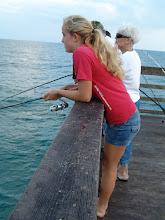

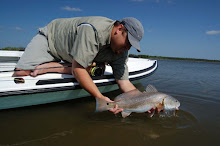.jpg)


